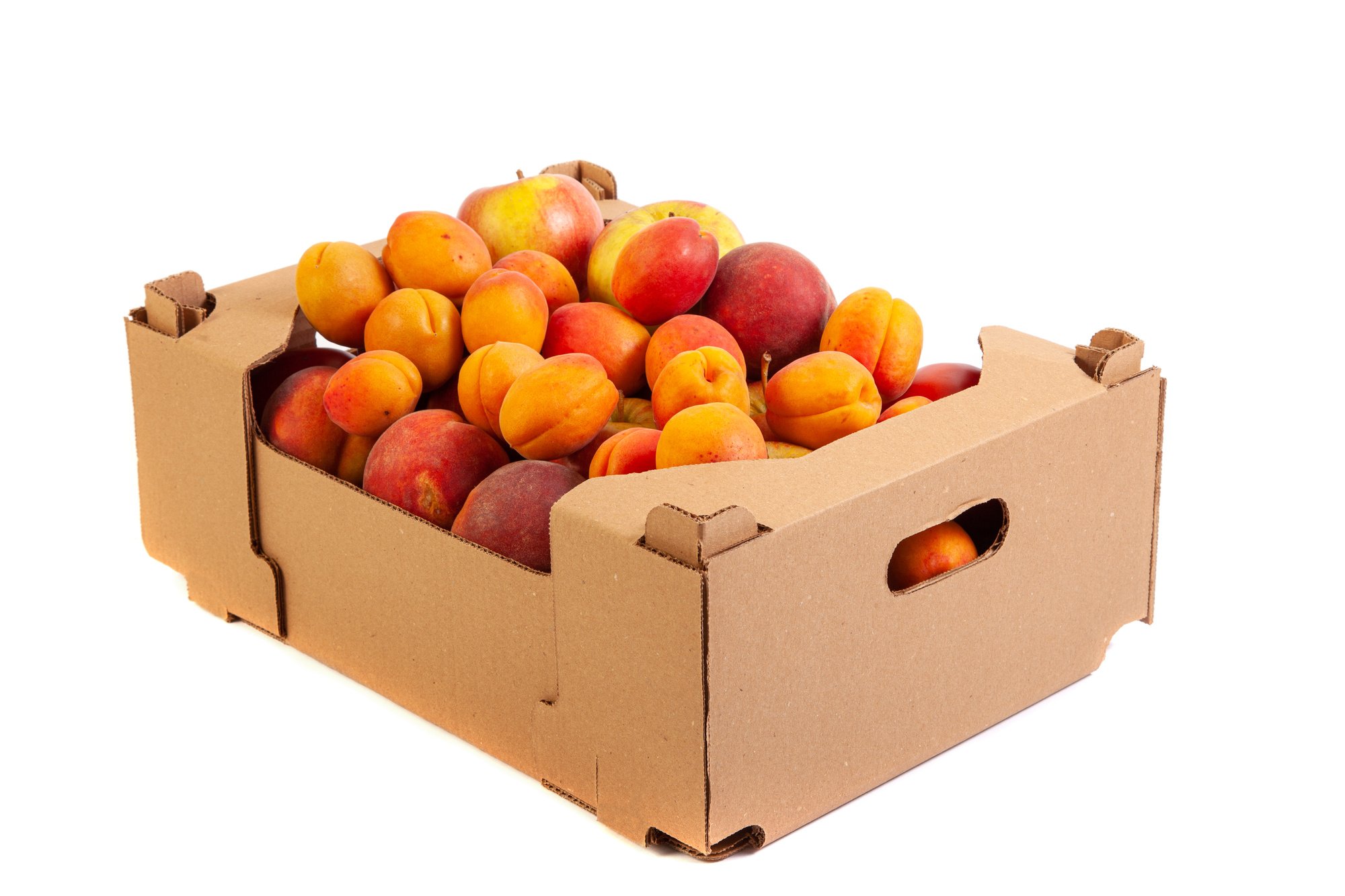How to Choose the Right Corrugated Carton for Your Fruit Packaging Needs
/Packaging plays a critical role when it comes to protecting and preserving fresh fruits. Not only does it keep the produce safe during transportation, but it also maintains freshness for extended periods.
Among many packaging options available, corrugated cartons stand out as one of the most reliable choices for fruit packaging. But how do you pick the right one? Here's a comprehensive guide.
Understand the Types of Corrugated Cartons
Before diving into specifics and searching for 'Fruit Growers corrugated carton' on your browser, it's crucial to understand the different types of corrugated cartons out there. Each serves various purposes, and offers a unique set of advantages. Here are some options to consider:
Single-Faced Corrugated Board: This consists of one layer of fluting between two liners. It's flexible and often used for cushioning products or as an inner protective layer. It's less sturdy and typically not the first choice for heavy fruits.
Double-Walled Corrugated Carton: A popular choice for fruit packaging, this type boasts two layers of fluting, offering more strength and cushioning. It's ideal for heavier loads and provides better protection against external shocks.
Triple-Walled Corrugated Carton: Even stronger than the double-walled, this carton has three layers of fluting. It's primarily used for heavy items and might be overkill for most fruit packaging needs unless you're dealing with large shipments.
Recognizing these types helps pair the carton with your fruit's specific needs, guaranteeing their protection and freshness during transport.
Consider the Fruit's Weight and Size
Different fruits have varying sizes and weights, which can influence the choice of packaging. For example, apples require other packaging than strawberries. Bigger fruits like melons can strain a box, necessitating a stronger carton with extra room.
Conversely, fragile fruits like berries might get crushed and benefit from cartons with compartments or dividers. The goal is to align the fruit's attributes with the carton's features.
Evaluate the Carton's Environmental Impact
If you want to build a positive brand image by emphasizing sustainability, consider cartons made from recycled materials. Not only are they eco-friendly, but they also resonate well with environmentally-conscious consumers. Plus, many of these recycled cartons are just as sturdy and reliable as their non-recycled counterparts.
Keep Moisture in Mind
Fruits emit moisture, which can weaken the carton's structure over time. Opt for cartons that have a coated or waxed finish. This provides a barrier against moisture and a smoother surface for printing labels and branding.
Prioritize Ventilation
Ever noticed those tiny holes in fruit cartons? They're not there by accident. Fruits need to breathe, and these openings provide necessary ventilation. Adequate airflow ensures fruits stay dry, reduces premature ripening, and helps dissipate ethylene gas, which fruits produce and can hasten ripening.
Consider Transport and Storage Conditions
The journey your fruits undertake also influences the choice of cartons. Some aspects to ponder include:
Travel Duration: Longer journeys require sturdier boxes, while shorter trips might be okay with lighter ones.
Environmental Conditions: Certain carton materials may be more appropriate depending on whether the climate is humid or dry.
Choosing based on these conditions helps in minimizing potential damage during transport.
Be Mindful of Costs
While choosing the cheapest option is tempting, remember the saying, 'You get what you pay for.' Investing a little more in a quality carton can save costs in the long run by reducing damaged goods and returns.
Moreover, quality packaging can enhance your brand's image, leading to increased customer trust and loyalty. Sometimes, spending a tad more upfront can lead to greater savings and benefits down the line.
Think About Branding and Labeling
A carton also plays a big role in branding. For this reason, opt for cartons that support clear, vibrant printing to convey the fruit's freshness and quality.
Clear labeling also ensures that essential information, such as nutritional facts, sources, and expiration dates, is easily accessible to consumers. This way, you can showcase your brand, provide vital details, and stand out on store shelves.
Consult With Suppliers
Building a relationship with suppliers isn't just about transactions. Engaging them can lead to insights you might not have considered. Here's why:
Expertise: Suppliers deal with a variety of clients and products daily. This experience makes them a treasure trove of knowledge about which carton works best for specific needs.
Custom Solutions: Sometimes, off-the-shelf options might not cut it. Suppliers can often provide custom-designed cartons tailored to your exact requirements.
Cost-Effective Choices: By discussing your budget and needs with suppliers, they can suggest options that give you the best value for your money.
Remember, collaboration can open doors to solutions you might not have stumbled upon independently, mainly if you aim for sustainable packaging.
Conclusion
Choosing the right corrugated carton for fruit packaging involves more than picking any box. It demands careful consideration of the fruit's needs, the carton's durability, moisture resistance, and environmental footprint. Keep these tips in mind, and both your fruits and customers will benefit.






















